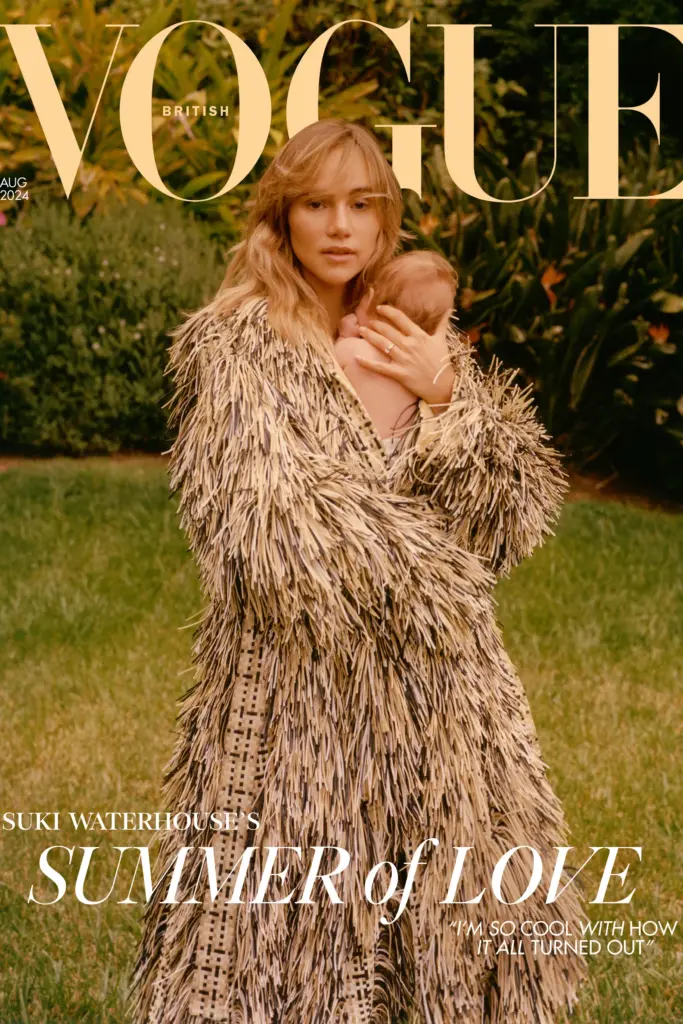Accessible British Vogue
Embracing Accessibility: British Vogue’s Audio and Braille Editions
“Disability should feel personal to us all,” stated British Vogue’s former editor-in-chief Edward Enninful in his May 2023 issue editor’s letter. “Some 16 million people in the UK are Disabled, with millions more Disabled-adjacent, whether visibly or invisibly. The time has come for us to get real about who we are as a society, and for fashion to build a better, more accessible and inclusive industry.”
In alignment with this vision, British Vogue has made a significant stride toward inclusivity and accessibility. Starting with the July 2024 issue, British Vogue now offers both audio and Braille editions, ensuring that their content is accessible to a broader audience.
Why Accessibility in Publishing Matters
Accessibility in publishing is not just a noble endeavor; it is a necessity. The media we consume shapes our perspectives, our identities, and our cultures. For individuals with disabilities, the lack of accessible content often means exclusion from these cultural conversations. By offering audio and Braille versions, British Vogue is not only broadening its reach but also reinforcing the idea that fashion and culture are for everyone.
British Vogue’s Commitment to Inclusion
With each published issue, British Vogue now provides:
- A Free Printable Braille Translation: This ensures that readers who are blind or visually impaired can still enjoy the rich content of Vogue in a format that suits their needs. To obtain the printable Braille file, readers can simply email accessiblevogue@condenast.co.uk.
- An Audio Version: For those who prefer to listen, the audio version of each issue is made available. For example, the August 2024 issue of British Vogue features singer, actress, and model Suki Waterhouse discussing her relationship with Robert Pattinson, her experiences with pregnancy, and the challenges and joys of being a new mother. This issue delves into her personal life, showcasing a more intimate side of the star, set against the backdrop of her flourishing career. All audio files, including this month’s and previous months’ can be accessed on Soundcloud. You can listen to the August audio issue below.
Encouraging Other Publications to Follow Suit
The steps British Vogue has taken should serve as an inspiration for other publications. By adopting similar measures, they too can become more inclusive and reach a wider audience. Here are some easy and cost-effective ways for other publications to enhance accessibility:
- Audio Versions: Creating an audio version of articles or issues can be as simple as recording a reading session. If recording is not an option, many text-to-speech software can also assist in generating these audio files efficiently.
- Braille Translations: Partner with organizations that specialize in Braille translation. Alternatively, there are software options available that can convert text into Braille, which can then be printed on specialized printers. You can also try installing a font in Microsoft Word to create Braille copies of your text.
- Accessible Websites: If you are unable to create audio or braille versions of your content but post everything on your website, ensure at least your website is accessible to screen readers. This involves using alt text for images, having a clear and navigable structure, and ensuring that all interactive elements can be used with a keyboard.
- Collaborate with Accessibility Advocates: Engage with disability advocates and organizations to better understand the needs of the community and to stay informed about the best practices in accessibility.
Conclusion
British Vogue’s initiative to provide audio and Braille editions is a commendable step toward a more inclusive world. It sets a precedent that other publications can and should follow. Accessibility should not be an afterthought but a fundamental aspect of content creation and by making these small yet impactful changes, we can ensure that everyone, regardless of their abilities, has the opportunity to engage with the content that shapes our world.
ChatGPT, a potential tool for increased accessibility, was used as a research and writing aid for this blog post. Do you think this is an appropriate use of chatGPT? Why or why not? Let me know!

